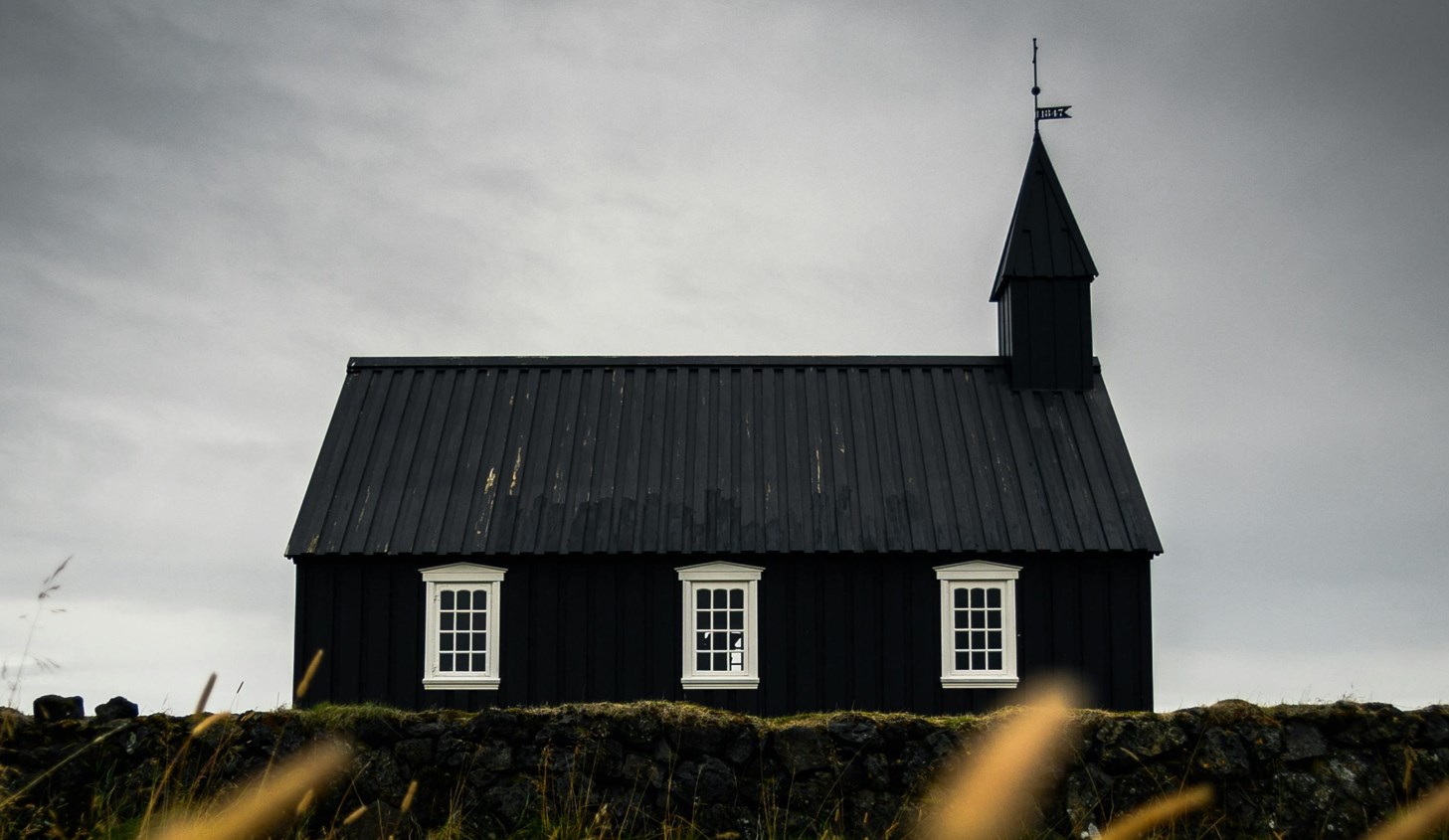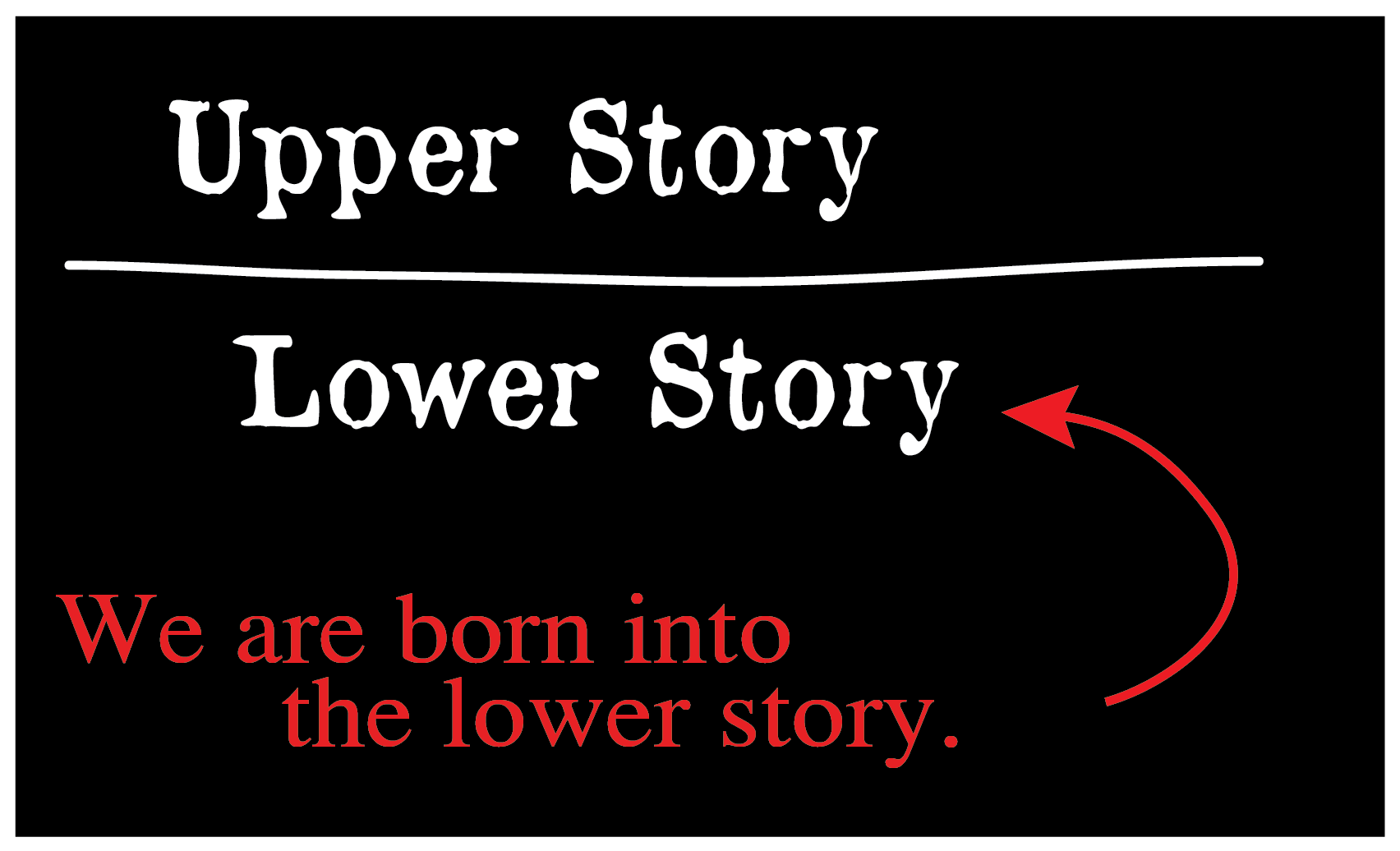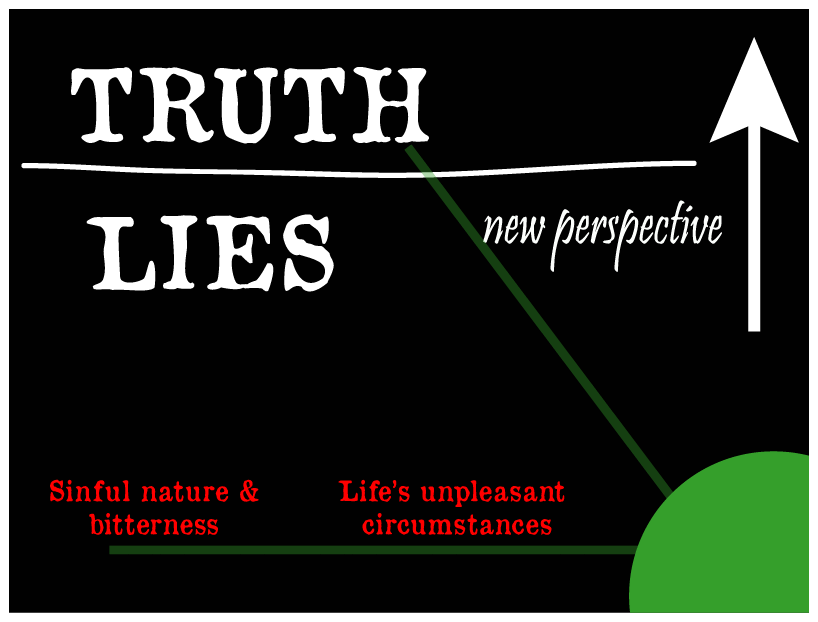Beneath the noise of modern life, every human heart still aches for meaning, truth, and purpose—even in a world that’s pushed faith to the margins. Ecclesiastes 3:11 We feel the tension between the beauty of life and the brokenness that surrounds us. That restlessness inside of us is really a longing for something more—something beyond ourselves.
Ecclesiastes 3:11 — Longing for eternity
“He has made everything beautiful in its time. Also, he has put eternity into man’s heart, yet so that he cannot find out what God has done from the beginning to the end.”
Francis Schaeffer understood this struggle well, and through his ministry at L’Abri he invited people to wrestle honestly with their doubts while pointing them toward the hope found in Christ. Christianity speaks to that longing with truth, love, and a God who has not abandoned His creation.
Francis Schaeffer is considered a very important pro-Christian figure—especially for people who want to engage culture, philosophy, science, and faith all together.
Timeframe: 1912–1984
Main Role: Christian theologian, philosopher, apologist, and cultural critic
Famous For:
- Founding the L’Abri community in Switzerland (1955), a place where people from all backgrounds could ask deep questions about life, truth, and God.
- Writing influential books like “The God Who Is There”, “How Should We Then Live?”, and “Escape from Reason”.
Engaged the Real World
→ Schaeffer didn’t just preach to the choir. He addressed art, politics, science, and culture, showing how Christianity is intellectually satisfying and morally coherent.
Spoke to Doubters and Seekers
→ He welcomed people wrestling with doubt, depression, and questions—especially during the postmodern era when many felt disillusioned with religion.
Unified Faith and Reason
→ He insisted that Christianity was true truth—not just emotionally comforting, but rationally grounded. He pushed back against blind faith and blind science alike.
Cultural Prophet
→ He predicted many of the cultural shifts we see today: moral relativism, secularism, the loss of objective truth, etc. He urged Christians not to retreat, but to thoughtfully engage.
Legacy of Thoughtfulness
→ Many modern apologists, thinkers, and culture-makers (including people like Tim Keller, Nancy Pearcey, and even artists) cite Schaeffer’s influence.
🧭 Spiritual longing is universal – Even in secular cultures, people still search for identity, belonging, and truth.
💔 Rejection of religion doesn’t erase the ache – Many walk away from institutional faith but still wrestle with the big questions.
🌀 Science and reason can’t satisfy the soul – They explain the how, but not the why.
We live in a really messed up world, and to make matters worse, we are born with a really messed up nature. So what could possibly go wrong? Well, the answer is everything!
Romans 5:12 — Sin and death entered through one man.
“Therefore, just as sin entered the world through one man, and death through sin, and in this way death came to all people, because all sinned.”
Francis Schaeffer (1912–1983) and his wife Edith (1914–2013) founded a Christian ministry in Switzerland in 1955 called L’Abri (French for “The Shelter”). In the 1960s, many claimed that “God is dead,” by rejecting His Word and casting aside His truth. The Schaeffers stood firm, reminding the world through L’Abri that God is alive, unchanging, and still speaking.
Hebrews 13:8 — God is unchanging despite cultural shifts.
“Jesus Christ is the same yesterday and today and forever.”
Francis Schaeffer believed there are logical and rational reasons for belief in God. His first book, “The God Who Is There”, published in 1968, is a classic defense of the Christian faith and was reprinted in a special 50th anniversary edition in 2018. The Schaeffers taught many Christian concepts in their ministry to help those who truly felt out of touch with their culture and the world around them. Concepts like…
- The Lordship of Christ over all of life – Faith is not just private; it shapes art, culture, politics, and everyday living.
- The reality of absolute truth – God’s Word is true and trustworthy, even when the culture denies it.
- The dignity of every person – Because humans are made in God’s image, every life has worth and purpose.
- Living out faith in community – Christianity is not just ideas, but a way of life meant to be practiced together.
- The historical reality of the Fall – Humanity’s brokenness is real, but so is God’s plan of redemption.
Colossians 1:16–17 — Christ is Lord over all creation.
“For in him all things were created: things in heaven and on earth, visible and invisible… all things have been created through him and for him. He is before all things, and in him all things hold together.”

One concept Schaeffer often referred to is the “real space-time” Fall of Man. He said the Fall of Man was a real historical event. If you could travel back in time, you would see Adam and Eve in the Garden of Eden before the fall, when everything was whole and complete—united in their relationship, living in balance with nature, and fully connected with God. The perfect place created by God that was called the Garden of Eden. (Genesis 1:31)
Genesis 1:31 – Creation was originally good and complete
“God saw all that he had made, and it was very good. And there was evening, and there was morning—the sixth day.”
Francis Schaeffer was more than a thinker—he was a guide for how to live faith in a complicated world. Through L’Abri, he welcomed people to wrestle with doubt, culture, and life’s big questions, showing that Christianity is both true and practical. His work still inspires believers today to think deeply, engage the world thoughtfully, and live boldly for Christ.
Romans 12:2 – Think differently from the world
“Do not conform to the pattern of this world, but be transformed by the renewing of your mind.”

Then there was a tick of the clock, and mankind fell. Man fell out of fellowship with God, who is so holy He cannot even look on evil. Man fell out of fellowship in relationships—alienation between Adam and Eve. He also fell into brokenness with creation itself, including the animals and nature. Worst of all, man became divided within himself, no longer whole in heart or spirit. The duality of man—his ability to rise to great heights sank to terrible destructive lows—began in this real space-time fall.
Isaiah 59:2 — God is holy and separated from sin.
“But your iniquities have separated you from your God; your sins have hidden his face from you, so that he will not hear.”
Now, man has a dual nature on this side of the fall: created in God’s image to do good, but also knowing evil and, in a fallen nature, capable of heinous and destructive deeds. (Romans 7:21–23) Choices have major consequences as a result of the fall.
But fortunately, that’s not the end of the story. God sees us in our hopeless condition, and in His absolutely infinite love, He provides an incredible solution.

Dr. Francis Schaeffer often used a powerful illustration to help people understand the human condition and the hope found in Christ.
He would draw a horizontal line across the chalkboard:
- Everything below the line, he called the Lower Story.
- Everything above the line, he called the Upper Story.
- The dividing line between them, he called the Line of Despair.

We are all born into the Lower Story. That’s the realm of everyday life—the mess and the beauty mixed together. Life in the Lower Story includes both burdens and blessings, yet still falls short of what we long for. It includes things like:
- Bills to pay and jobs to manage
- Moments of laughter with loved ones
- Struggles with our sinful nature
- Health scares, and also healing
- Good friendships and painful breakups
- Frustrating circumstances and unexpected joys
- Disappointment, conflict, and glimpses of grace
This is the place where people often feel stuck, discouraged, or even hopeless.
Psalm 42:5
“Why, my soul, are you downcast? Why so disturbed within me? Put your hope in God, for I will yet praise him…”
The Lower Story is real. But it’s incomplete. Something inside us knows: there must be more.
But the Upper Story is where hope, healing, and truth dwell. It’s where miracles happen and where God’s presence becomes real. Schaeffer called it the realm of True Truth—not just ideas, but the eternal truth found in Jesus Christ Himself.
Christ is the bridge across the Line of Despair.
He is the Divine Son of God—the One who makes all things new.

That doesn’t mean life’s problems suddenly vanish.
But for the Christian, everything changes:
- A new perspective
- A renewed heart
- A whole new way of facing life’s challenges
- A shift from despair to purpose
- From burden to hope
In Christ, we enter a reality where the miraculous becomes possible.
We no longer face life alone—we walk with the One who brings infinite hope and opens the door to infinite possibilities.
We were made for harmony—with God, with each other, with creation. Sin broke it, but Christ restored it. Your brokenness is not the end of the story, it’s just the beginning. Take a step, trust Him, and let God rewrite your life. Start today—because He’s waiting, and His arms are always open.
Luke 1:37
“For nothing will be impossible with God.”
Jesus being both God and man is the one who bridges the gap that now exists between God and man through the shedding of His own blood as atonement for our own sin. This is the reason He came and shows us the infinite Love of.


Leave a Reply